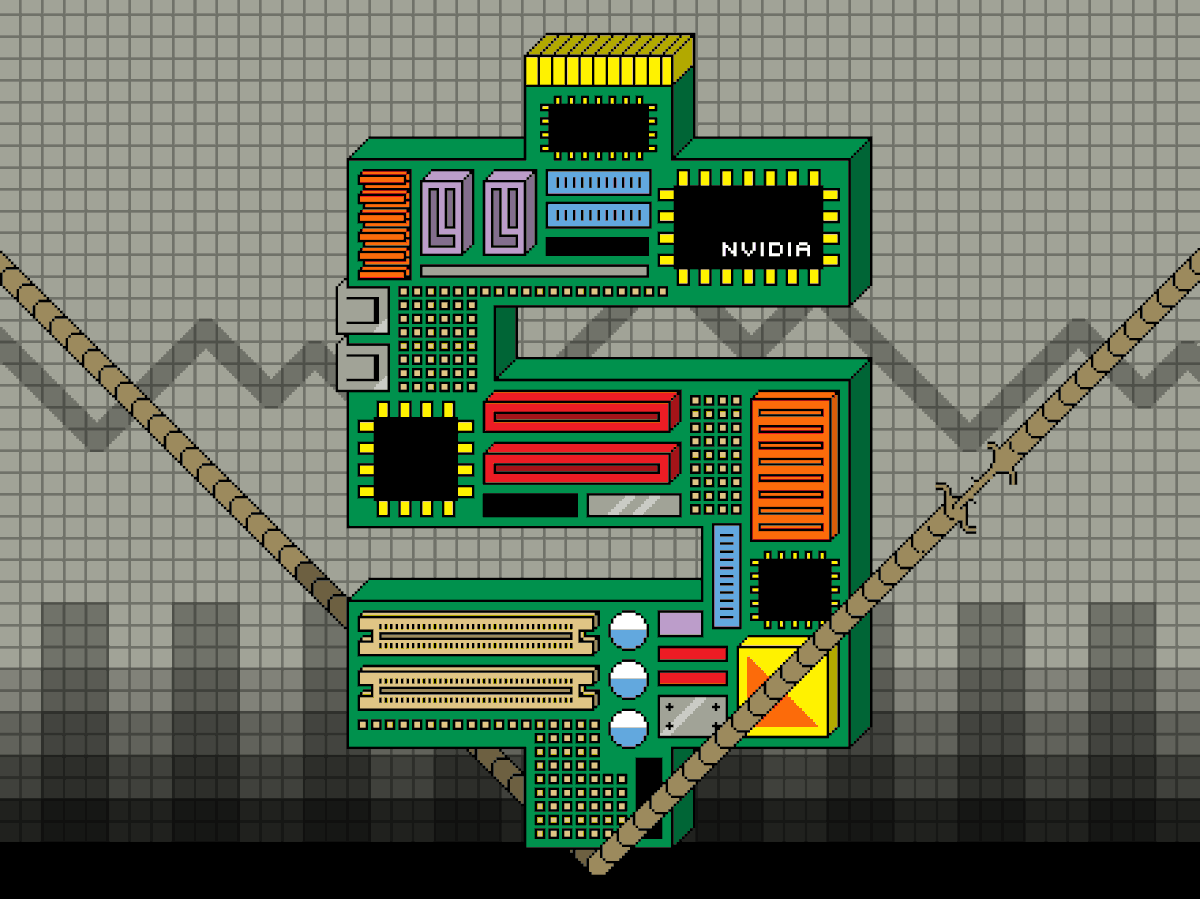(Bloomberg) — For almost as long as the artificial intelligence boom has been in full swing, there have been warnings of a speculative bubble that could rival the dot-com craze of the late 1990s that ended in a spectacular crash and a wave of bankruptcies.
Tech firms are spending hundreds of billions of dollars on advanced chips and data centers, not just to keep pace with a surge in the use of chatbots such as ChatGPT, Gemini and Claude, but to make sure they’re ready to handle a more fundamental and disruptive shift of economic activity from humans to machines. The final bill may run into the trillions. The financing is coming from venture capital, debt and, lately, some more unconventional arrangements that have raised eyebrows on Wall Street.
Most Read from Bloomberg
Even some of AI’s biggest cheerleaders acknowledge the market is frothy, while still professing their belief in the technology’s long-term potential. AI, they say, is poised to reshape multiple industries, cure diseases and generally accelerate human progress.
Yet never before has so much money been spent so rapidly on a technology that, for all its potential, remains somewhat unproven as a profit-making business model. Tech industry executives who privately doubt the most effusive assessments of AI’s revolutionary potential — or at least struggle to see how to monetize it — may feel they have little choice but to keep pace with their rivals’ investments or risk being out-scaled and sidelined in the future AI marketplace.
What are the warning signs for AI?
When Sam Altman, the chief executive of ChatGPT maker OpenAI, announced a $500 billion AI infrastructure plan known as Stargate alongside other executives at the White House in January, the price tag triggered some disbelief. Since then, other tech rivals have ramped up spending, including Meta’s Mark Zuckerberg, who has pledged to invest hundreds of billions in data centers. Not to be outdone, Altman has since said he expects OpenAI to spend “trillions” on AI infrastructure.
To finance those projects, OpenAI is entering into new territory. In September, chipmaker Nvidia Corp. announced an agreement to invest up to $100 billion in OpenAI’s data center buildout, a deal that some analysts say raises questions about whether the chipmaker is trying to prop up its customers so that they keep spending on its own products.
(Bloomberg) — For almost as long as the artificial intelligence boom has been in full swing, there have been warnings of a speculative bubble that could rival the dot-com craze of the late 1990s that ended in a spectacular crash and a wave of bankruptcies.
Tech firms are spending hundreds of billions of dollars on advanced chips and data centers, not just to keep pace with a surge in the use of chatbots such as ChatGPT, Gemini and Claude, but to make sure they’re ready to handle a more fundamental and disruptive shift of economic activity from humans to machines. The final bill may run into the trillions. The financing is coming from venture capital, debt and, lately, some more unconventional arrangements that have raised eyebrows on Wall Street.
Most Read from Bloomberg
Even some of AI’s biggest cheerleaders acknowledge the market is frothy, while still professing their belief in the technology’s long-term potential. AI, they say, is poised to reshape multiple industries, cure diseases and generally accelerate human progress.
Yet never before has so much money been spent so rapidly on a technology that, for all its potential, remains somewhat unproven as a profit-making business model. Tech industry executives who privately doubt the most effusive assessments of AI’s revolutionary potential — or at least struggle to see how to monetize it — may feel they have little choice but to keep pace with their rivals’ investments or risk being out-scaled and sidelined in the future AI marketplace.
What are the warning signs for AI?
When Sam Altman, the chief executive of ChatGPT maker OpenAI, announced a $500 billion AI infrastructure plan known as Stargate alongside other executives at the White House in January, the price tag triggered some disbelief. Since then, other tech rivals have ramped up spending, including Meta’s Mark Zuckerberg, who has pledged to invest hundreds of billions in data centers. Not to be outdone, Altman has since said he expects OpenAI to spend “trillions” on AI infrastructure.
To finance those projects, OpenAI is entering into new territory. In September, chipmaker Nvidia Corp. announced an agreement to invest up to $100 billion in OpenAI’s data center buildout, a deal that some analysts say raises questions about whether the chipmaker is trying to prop up its customers so that they keep spending on its own products.










Leave feedback about this